Secondary Batteries
A secondary battery is a battery that can be recharged to its original status by passing a current through the cells in the direction that is opposite from the direction of discharge. Secondary batteries can be utilized in two ways: (1) connected to and charged by the main energy source that supplies energy when needed, or (2) used and discharged before being recharged with the appropriate charging mechanism. An example of the first use would be batteries that are utilized in vehicles and an example of the second use would be batteries that are used in laptops and phones.
Absorbent Glass Mat (AGM)
An absorbent glass mat (AGM) battery is one of the many different types of secondary batteries. Typically, AGM batteries are configured for 12 volts. This means the battery is composed of 6 cells in series, with each cell providing 2 volts. There are many layers to an AGM battery: a positive grid, a positive plate, a positive plate with micro glass fleece that is responsible for absorbing the electrolytes, a negative grid, and a negative plate. Several of these layers put together make up a single cell.
Pros to AGM Batteries
There are six main pros to utilizing AGM batteries (especially over a lead-acid battery).
- Spill-Proof – Glass mat within AGM batteries prevents the spilling of electrolytes.
- High Power Output – AGM batteries are designed to offer low internal resistance, allowing for higher power output in short bursts.
- Short Charge Time – AGM batteries can charge up to five times faster than a lead-acid battery.
- Longer Lifespan – AGM batteries feature limited self-discharging.
- Durability – AGM batteries are designed to withstand vibrations.
- Less Sulfation Build Up – AGM batteries do not have the accumulation of lead sulfate crystals, lessening the chance of failure.
XS Power AGM Batteries
Two of the most popular XS Power AGM choices are the XP series and D series.
XP Series
| Battery | Secondary Wattage | Max Amp | RC | AH |
| XP750
|
Up to 750w | 750 | 28 | 22 |
| XP950
|
Up to 950w | 950 | 50 | 35 |
| XP2000
|
Up to 2,000w | 2,000 | 150 | 80 |
| XP2500
|
Up to 2,500w | 2,500 | 185 | 100 |
| XP3000
|
Up to 3,000w | 3,000 | 240 | 120 |
D Series
| Battery | Primary Wattage | Secondary Wattage | Max Amp | CA | RC | AH |
| D375
|
– | Up to 600w | 800 | 190A | 15min | 14 |
| D545
|
– | Up to 600w | 800 | 240A | 15min | 14 |
| D680
|
– | Up to 1,000w | 1,000 | 320A | 28min | 20 |
| D925
|
Up to 1,000w | Up to 2,000w | 2,000 | 550A | 55min | 28 |
| D975
|
Up to 1,000w | Up to 2,000w | 2,100 | 525A | 50min | 35 |
| D1200
|
Up to 1,500w | Up to 3,000w | 2,600 | 725A | 80min | 44 |
| D4700
BCI Group 47
|
Up to 2,000w | Up to 3,000w | 2,900 | 745A | 105min | 50 |
| D4800
BCI Group 48
|
Up to 2,000w | Up to 3,000w | 3,000 | 815A | 120min | 60 |
| D5100
BCI Group 51
|
Up to 2,000w | Up to 3,000w | 3,100 | 745A | 100min | 60 |
| D5100R
BCI Group 51R
|
Up to 2,000w | Up to 3,000w | 3,100 | 745A | 100min | 60 |
| D3400
BCI Group 34
|
Up to 2,500w | Up to 4,000w | 3,300 | 1,000A | 135min | 65 |
| D2400
BCI Group 24
|
Up to 2,500w | Up to 4,000w | 3,500 | 670A | 150min | 70 |
| D6500
BCI Group 65
|
Up to 3,000w | Up to 4,000w | 3,900 | 1,070A | 150min | 75 |
| D4900
BCI Group 49
|
Up to 3,000w | Up to 4,000w | 4,000 | 1,075A | 120min | 80 |
| D2700
BCI Group 27
|
Up to 3,500w | Up to 4,500w | 4,300 | 1,170A | 185min | 100 |
| D3100
BCI Group 31
|
Up to 4,000w | Up to 5,000w | 5,000 | 1,360A | 237min | 110 |
| D7500
|
Up to 5,000w | Up to 7,500w | 6,000 | 1,700A | 280min | 140 |
Link to XS Power Car Audio AGM Batteries
Link to XS Power AGM Batteries (D Series)
Link to XS Power AGM Batteries (XP Series)
Lithium Batteries
A lithium battery is one of the many different types of secondary batteries. There are four main components to lithium batteries: anode, cathode, electrolyte, and a separator. When chemical reactions occur within the anode, lithium releases electrons and creates lithium ions. This event is known as discharging and is what allows the current (the electrons) to flow through the external circuit and to the cathode. As the current travels from the anode to the cathode, it generates energy that can be used to power devices. The anode is what stores lithium ions when the battery is charged. During charging the current (the electrons) are replaced and returned to the anode. The electrolyte acts as a channel, allowing the lithium ions to move between the anode and cathode. The separator is constantly at play, keeping the anode and cathode separated and allowing the lithium ions to move from the anode to the cathode during discharging and from the cathode to the anode during charging with help from the electrolyte.
Pros to Lithium Batteries
There are five main pros to utilizing lithium batteries.
- Energy Density – Lithium batteries have a higher energy density than other rechargeable batteries.
- Weight – Lithium batteries weigh considerably less than other rechargeable batteries.
- Voltage Out – Lithium batteries can produce a higher voltage output than other rechargeable batteries.
- Safety – Lithium batteries are more resistant to overcharging.
- Fast Rates – Lithium batteries feature faster charge and discharge rates than other rechargeable batteries.
XS Power Lithium Batteries
One of the most popular XS Power lithium choices is LTO (Yinlong) cells.
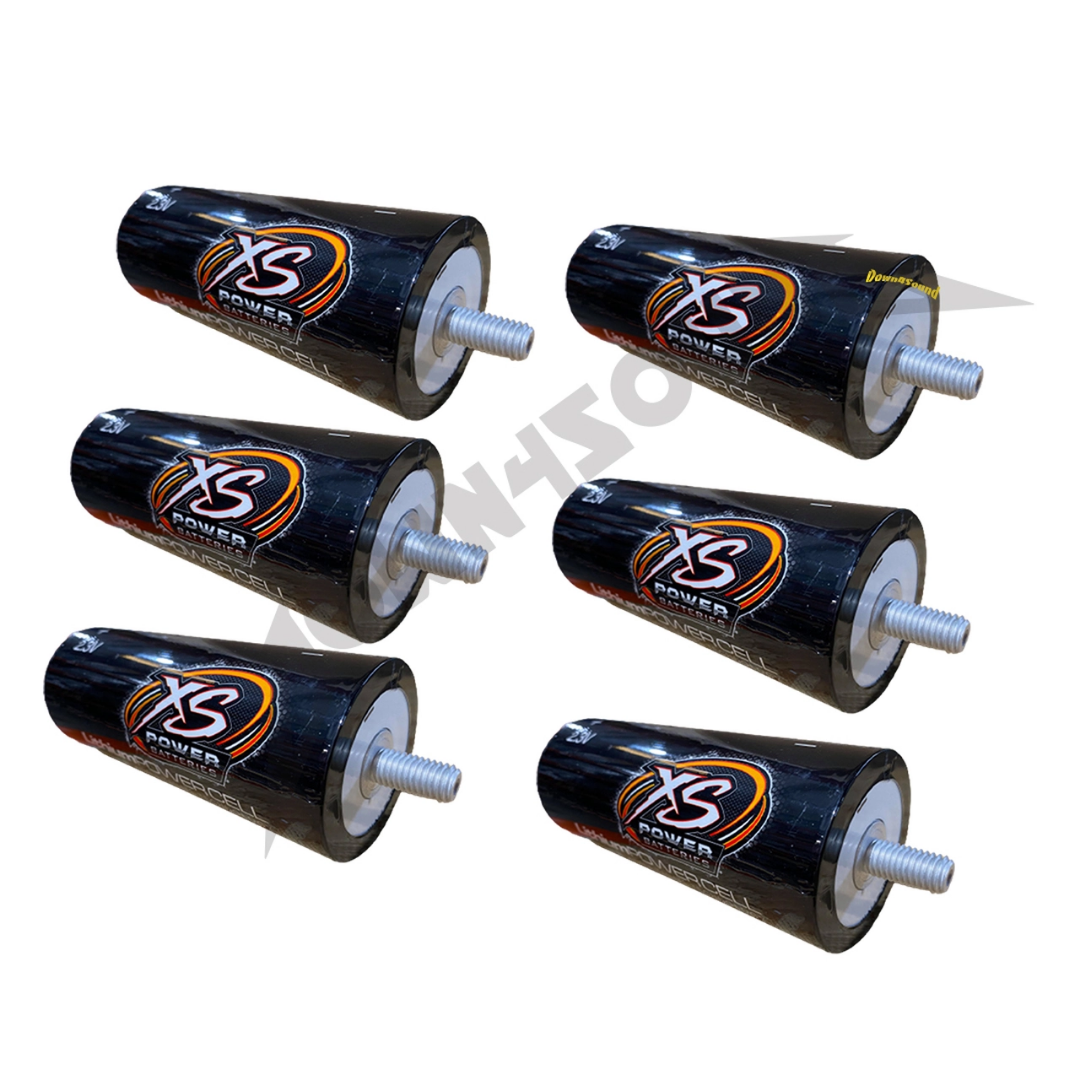
| Nominal Voltage (V) | 2.3 |
| Rated Capacity (Ah) | 40 |
| Volume-energy density (Wh/L) | 128 |
| Weight-energy density (Wh/kg) | 76 |
| Internal resistance (mΩ) | ≤0.5 |
| Maximum continuous charge current (A) | 240 |
| Maximum continuous discharge current (A) | 240 |
| 10s Maximum pulse charge/discharge current (A) | 400 |
| Operating and storage temperature range (°C) | -50-65 |
| Storage temperature (°C) | -5-35 |
| Wattage Rating | |
| 100A Alternator | 4,000w |
| 200A Alternator | 5,000w |
| 300A Alternator | 6,000w |
Link to All Batteries @ Down4SoundShop
Don’t forget to use code Euro_Bass when making purchases at Down4SoundShop!

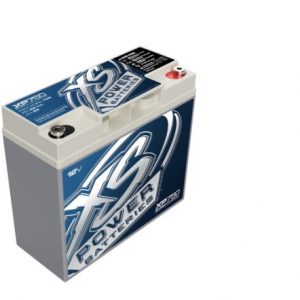
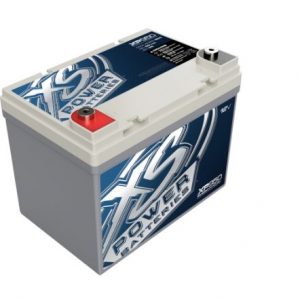
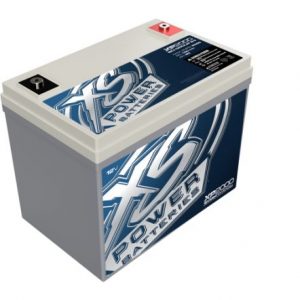
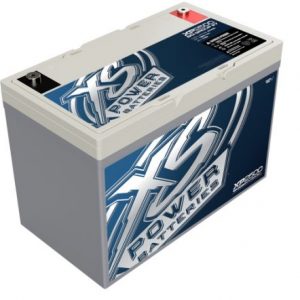
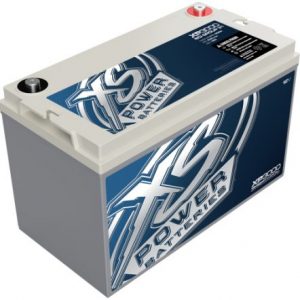
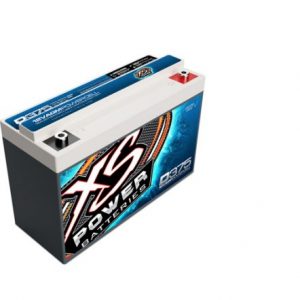
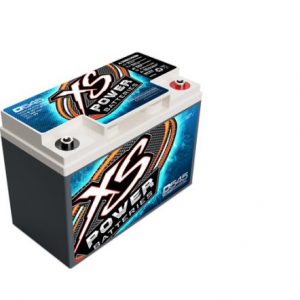
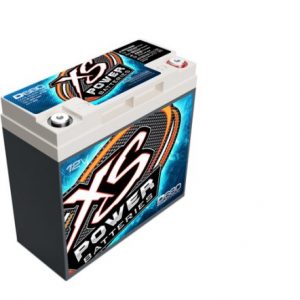
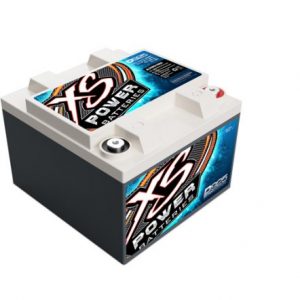
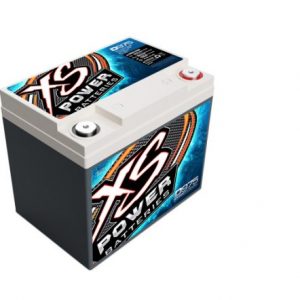
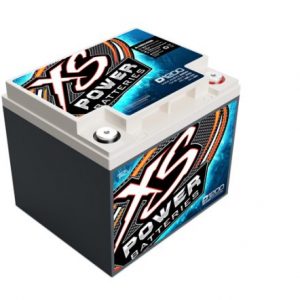
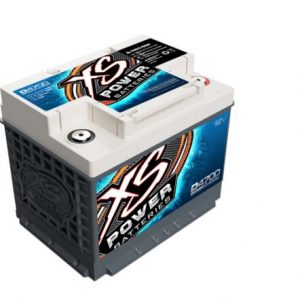

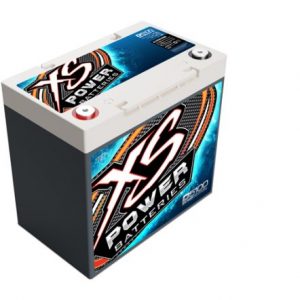
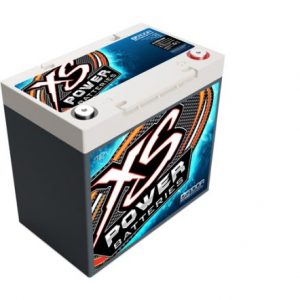
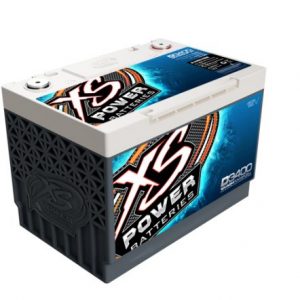
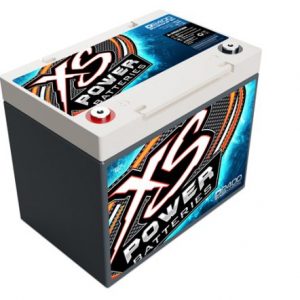


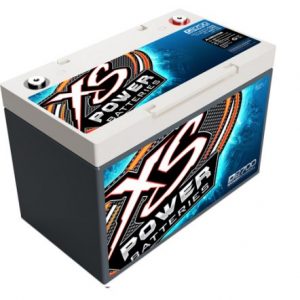
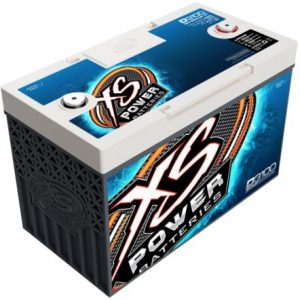
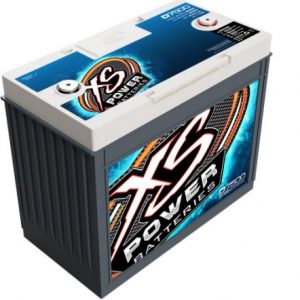
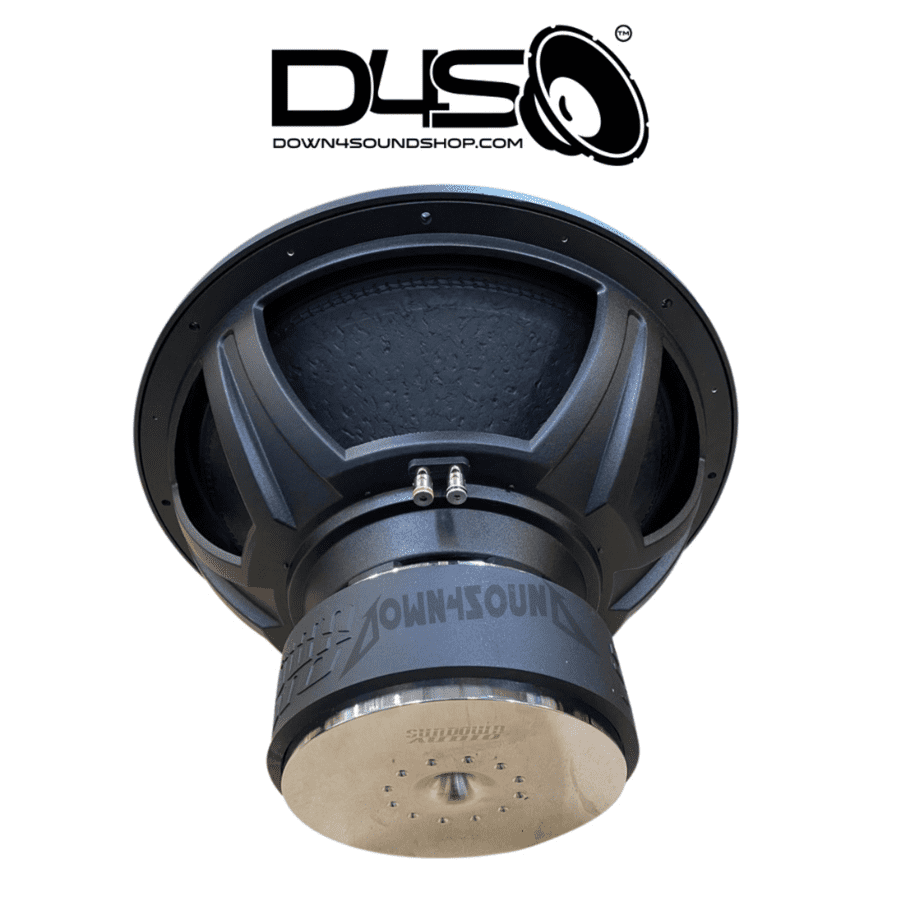
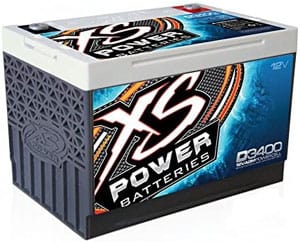
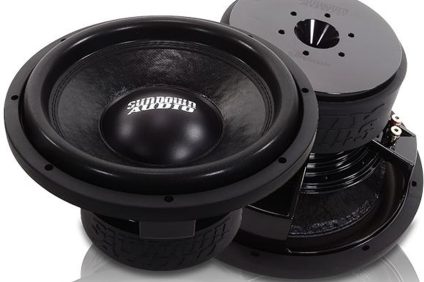
Pingback: Types of Lithium Batteries